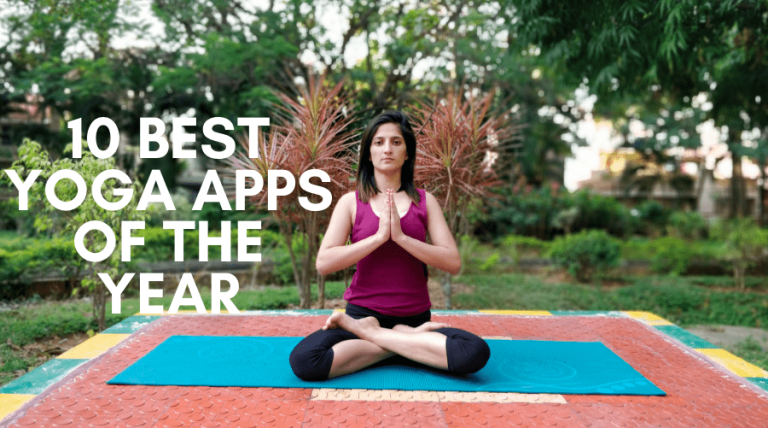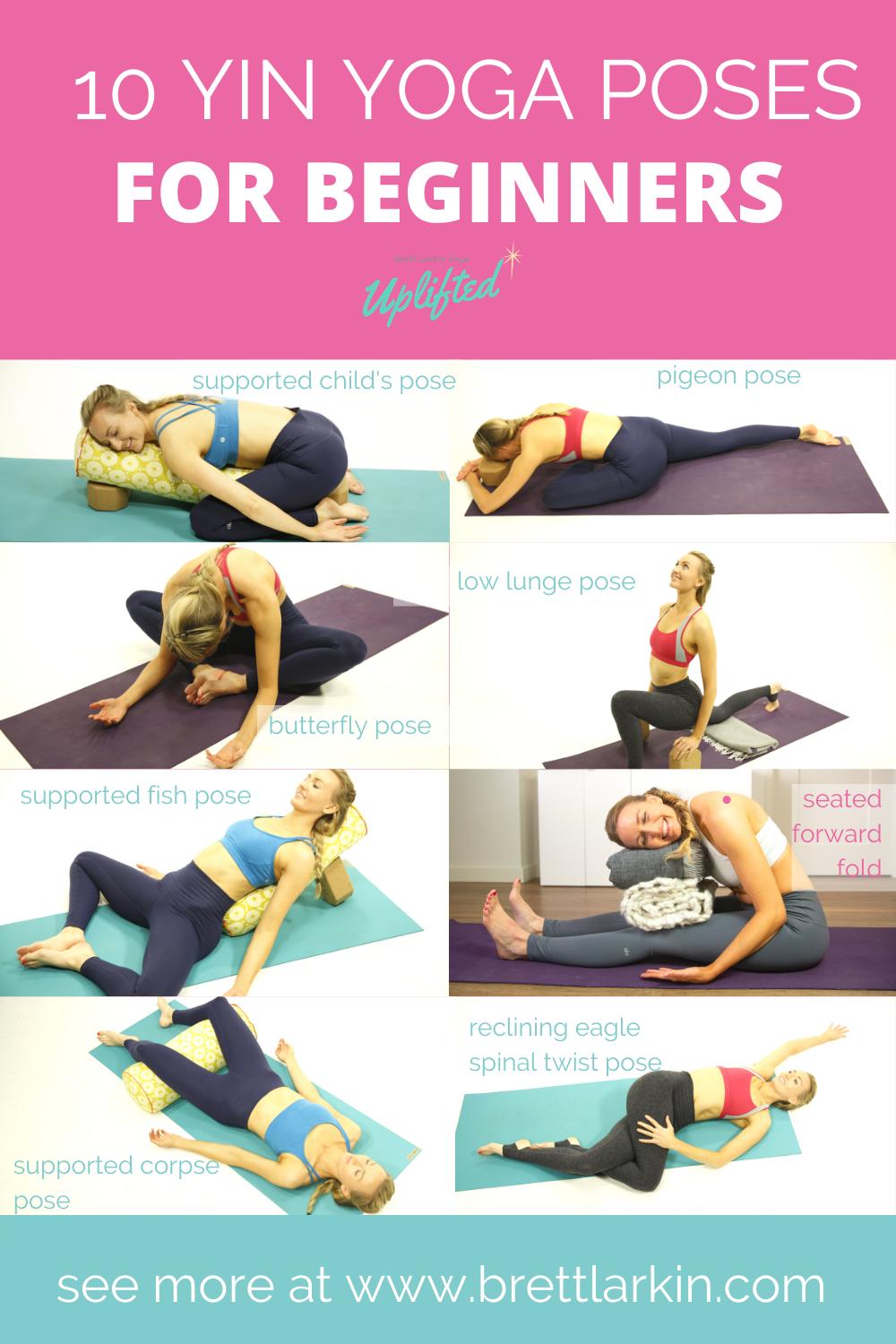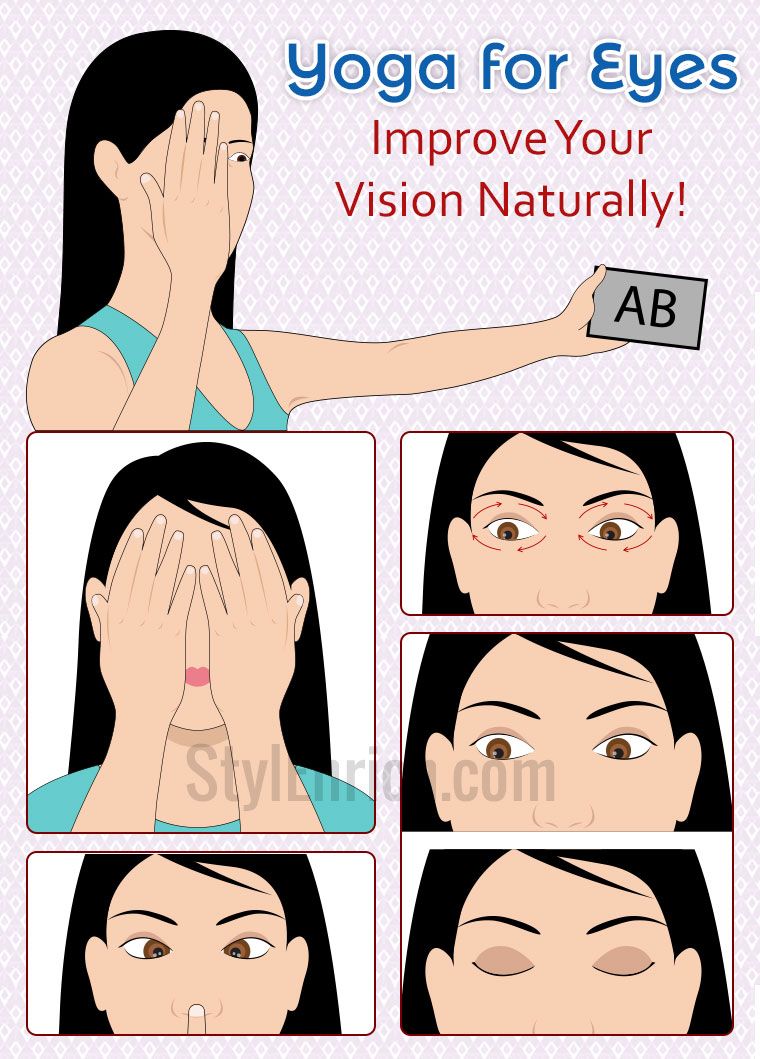
Nidra yoga is a meditative practice that helps you shift your awareness from the external to the internal. This practice is not like autosuggestions, verbal affirmations or relaxation techniques. Yoga Nidra helps you reach your subconscious thoughts. It can help you relax deeper.
nidra yoga is a method of moving awareness from the external world to the inner world
Nidra yoga is a way to shift your attention from the external world towards the inner. Your awareness will shift from the external world to the internal world by focusing your attention on the breath. Yogaic sleep is a way to focus your attention and keep your mind from wandering. This helps your subconscious clear out unwanted memories and stress. This method of meditation can also improve memory retention and make your brain more efficient.
Yoga nidra is an ideal method for beginners to improve their focus. A yoga session with nidra can last anywhere from 15 to 30 minutes depending on how advanced the class is. Your teacher will lead you through simple breathing exercises to help you shift your awareness away from the outside world and towards the inside. You may feel a sense floating or softness in your body as you practice.
It is a meditative technique.
Yoga Nidra or "yogic rest" is a meditative practice that involves practitioners staying awake while entering a state of "psychic relaxation". This is a state in which one can focus all of his or her attention on the present moment, instead of drifting off to sleep. This state is the ideal condition for nighttime meditation.

Yoga Nidra provides a profound sense of relaxation. It creates a space where people can express their deepest thoughts and feelings. It is an excellent way to release anger, fear, and other long-held emotions. Nidra yoga lets you explore your emotions without becoming overwhelmed.
It is not meant to be used as a relaxation tool.
Yoga Nidra is a type of pose-free meditation that has the goal of stopping our autopilot thoughts so that we can appreciate the present moment. It can be used as an adjunct to conventional treatment of depression, anxiety, stress and other disorders. This involves slowing your heart rate and activating your parasympathetic nervous systems. As a result, it is effective at reducing stress and reducing muscle tension.
Yoga Nidra is easy to practice anywhere. Although it does not require fancy equipment, it can help you relax and tap into your inner resources. The practice can be done on a yoga rug, lying on your back. A bolster or pillow will be needed for your spine and head. You can also use blankets or pillows to support your knees.
It isn't a form of verbal affirmations or autosuggestion.
One of the great gifts of the yogic tradition is the practice of Yoga Nidra. This form of meditation involves slowing down and chilling out. Yoga nidra and meditation are often confused.
Yoga Nidra, a formless state or consciousness, is also known as "yoga Nidra". This state is one of deep consciousness that has no visual awareness. In this state, you experience a much deeper knowledge than you could ever hope to obtain through words. Yoga Nidra allows you to experience an endless library knowledge.

It is an act of enlightenment
Yoga Nidra is a powerful method of enlightenment that can lead you to deep relaxation. It can be done whenever you feel inspired, and if you have a few extra minutes. However, it is best to do it before bed and when you wake up each morning. These are the ideal times to tap into the subconscious mind because of the body's cyclical rhythms.
Nidra Yoga, also known as the "yoga-of-sleep", is often referred to because practitioners may appear to be asleep. The reality is that they are in a deep state of awareness. It's somewhere between full consciousness and dreaming. During this time they are focused on their physical experience and their unconscious mind's relationship with the world.
FAQ
Can I do Yoga every day, even as a beginner?
Yoga is a great way to stretch and strengthen your body. It also helps you relax and release stress. Yoga doesn't require you to be an expert. It is recommended that beginners practice yoga at least 20 minutes each day.
This will allow you to get started. You can gradually increase the amount you spend practicing.
Yoga involves a lot of sweating.
It depends on which type of yoga you do. Vinyasa flow (or Power) yoga involves lots jumping, twisting and turning movements. This makes it common for people who practice to sweat heavily.
In contrast, Hatha yoga focuses on poses like forwarding bends and twists. Because these poses aren't very strenuous, most practitioners won't experience heavy perspiration.
What foods should you avoid after doing yoga?
Some foods may cause you to lose energy. It can also make you feel bloated, or cause stomach cramps. You may feel tired after practicing.
What are the differences between Hatha, Ashtanga, Vinyasa, Power Yoga, Kripalu, Bikram, etc. ?
There are many different types of yoga. Each offers its unique approach to achieving balance in our lives.
These are the most popular yoga forms:
Hatha - This involves stretching and poses that focus on core strength and flexibility.
Ashtanga - This focuses on slow-paced movements that build strength and stamina.
Vinyasa - This type of yoga incorporates fast-flowing sequences that allow you to breathe deeply.
Power - Power yoga is a form of power that involves more challenging moves.
Kripla - One of the oldest forms and traditions of yoga, Kripla dates back thousands of year.
Bikram: This form of yoga is done in heated rooms.
After I do yoga, will my clothes still fit?
Most likely, yes. Many yoga pants are elastic at the waist and stretch when worn. You should find them comfortable enough to wear during exercise without feeling restrictive.
Yoga pants may not fit well if your weight has dropped recently. If this is the case, consider wearing shorts or leggings instead.
What happens if I stop doing yoga?
It's common to lose interest in an activity over time. Yoga may cause stiffness in your body if you stop regularly practicing it. Lack of exercise, poor posture or simply age can cause stiffness.
If you find it less flexible over time, consider retaking a few classes. Also, make sure you're keeping up with your daily routine. Exercise can strengthen your bones, muscles and joints. Get enough sleep and eat well.
How long does yoga take?
Yoga is a slow process, but you will always get a great workout. It takes time to increase strength, flexibility, endurance. It is important to start slowly and increase your intensity gradually until you reach the optimal level.
Consistency is the key. The more often you practice, the better you become at it.
Statistics
- Start your Fall off right with 20% off All Access Membership when you sign up by 9/25! (corepoweryoga.com)
- The people in the yoga group were 37 percent more likely to have quit smoking by the end of the 8-week program. (nccih.nih.gov)
- In comparison, a 125-pound person is estimated to burn 135 calories in 30 minutes of walking (at a pace of 15-minute miles) and 210 calories bicycling at a moderate pace on a stationary bike. (everydayhealth.com)
- Gentle yoga has been shown to ease some of the discomforts of tender, swollen joints for people with arthritis, according to a Johns Hopkins review of 11 recent studies. (hopkinsmedicine.org)
- Lock in 25% off your Founding Member rate. (corepoweryoga.com)
External Links
How To
Is yoga a good way to exercise?
Yoga isn't for people who just want to lose weight. Yoga is not just for those who want to lose weight. It helps them develop flexibility and balance.
Yoga isn't just a form of exercise. The poses are used as a way to relax and meditate. They can improve our posture, concentration and breathing.
A "yogi" is someone who practices yoga. Yogis follow various forms of yoga, including Hatha, Ashtanga, Iyengar, Vinyasa, Bikram, Kundalini, Yin Yang, and Restorative.
There are many kinds of yoga. However, all share similar goals. Each type focuses differently on health and wellbeing. Yoga styles that include meditation, pranayama, or Hatha are all examples.
There are some yoga movements that don't require equipment.
-
Sun Salutation - This series of 12 postures starts with a forward bend, followed by 10 other poses.
-
Warrior pose - A warrior pose can be achieved by holding a stick/staff.
-
Triangle Pose – To achieve this pose, you need to raise one leg and then bend at the knee.
-
Standing Forward Bend - This position involves bending forward from the waist and putting your legs straight on the floor.
-
Seated Twist: This is a pose that can be done while seated on a mat or in a chair.
-
Cobra Pose - This pose is performed lying flat on your back with arms overhead.
-
Child's Pose - This pose is done while lying face up on the ground.
-
Cat/Cow Pose - This pose combines a cat and cow pose. Place your upper body on the ground and lie down. Then roll over onto your side and place your hands under your shoulders.
-
Head tilt - This is a pose where you tilt your head back while keeping your eyes open.
-
Shoulder Stand: This is when you stand straight with your feet up and your arms extended above your head.
-
Tree Pose – This pose involves kneeling on your heels with your hands beneath your shoulders.
-
Bow Pose – Bend forward from the hips to complete this pose. Then, place your palms on top of the ground and bend forward.
-
Corpse Pose: This pose can only be held for five seconds.
-
Mountain Pose – This is a pose known as mountain pose. Your spine should be straightened and you must stand tall.
-
Legs up the Wall Pose – This pose involves hanging upside down from a wall.
-
Side Angle Pose -- This pose requires you to lean against a wall and place your right arm in front of the wall.
-
Plank Position – When you are lying flat on your stomach, and your left arm and right leg extend apart from one another, this is called the plank position.
-
Bridge Pose – This is a pose where you balance on your elbows, and toes.
-
Reverse Table Top Pose - This pose is attained by lying on your tummy and reaching your arms toward the ceiling.
-
Handstand - This pose requires balance and strength. You can hold your body between two walls or a frame of a door to perform this pose.
-
Half Moon Pose- Also known as Hero Pose. It's performed by standing on both your hands and toes.
-
Headstand (or Handstand), - This pose requires great balance and strength. This pose is possible on a brick wall or on a doorframe.
-
Forearm Balance -- This pose involves your forearms resting on top of a tabletop.
-
Spinal twist - This is a pose where your belly lies while your arms reach your arms.
-
Supported bound angle pose - This pose needs support and balance. For this pose, you will need to find something sturdy like a branch from a tree or an old beam to support you.
-
Wide Leg Forwardfold - To achieve this pose, spread your legs apart while touching your toes.
-
Single Pigeon Pose -- This pose is similar in style to the forward fold with one leg, but it only involves one leg.
-
Extended Puppy Dog Poses-This pose is extremely relaxing. This is done by stretching your legs outwards and bending your knees.
-
Standing Forward Bend - This is a pose where you are seated cross-legged, stretching your calves and hamstrings.
-
Crow Pose - Although this pose is hard to do, it can be extremely rewarding once mastered. To do it, raise your arms up above your head while lowering your arms to the floor.